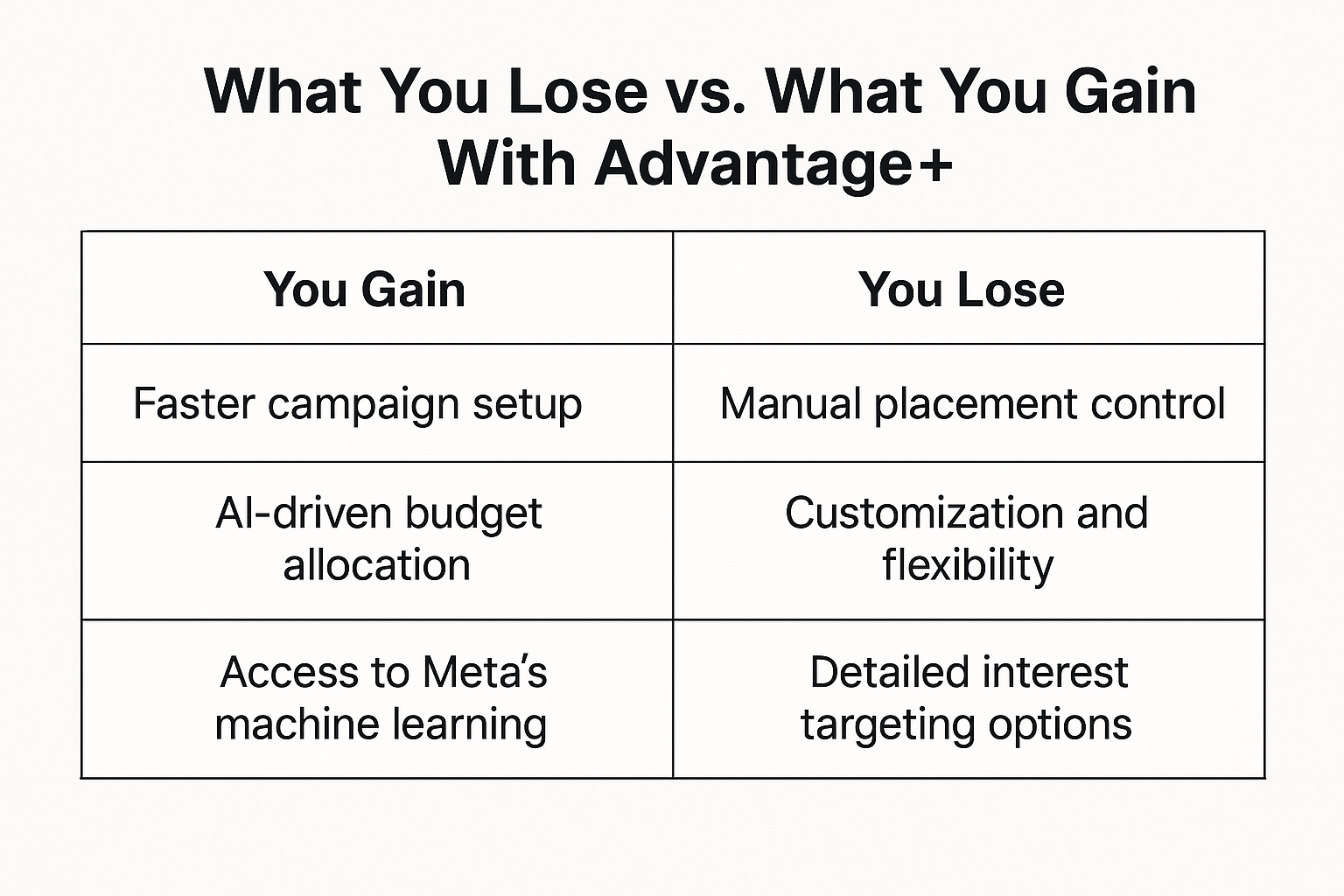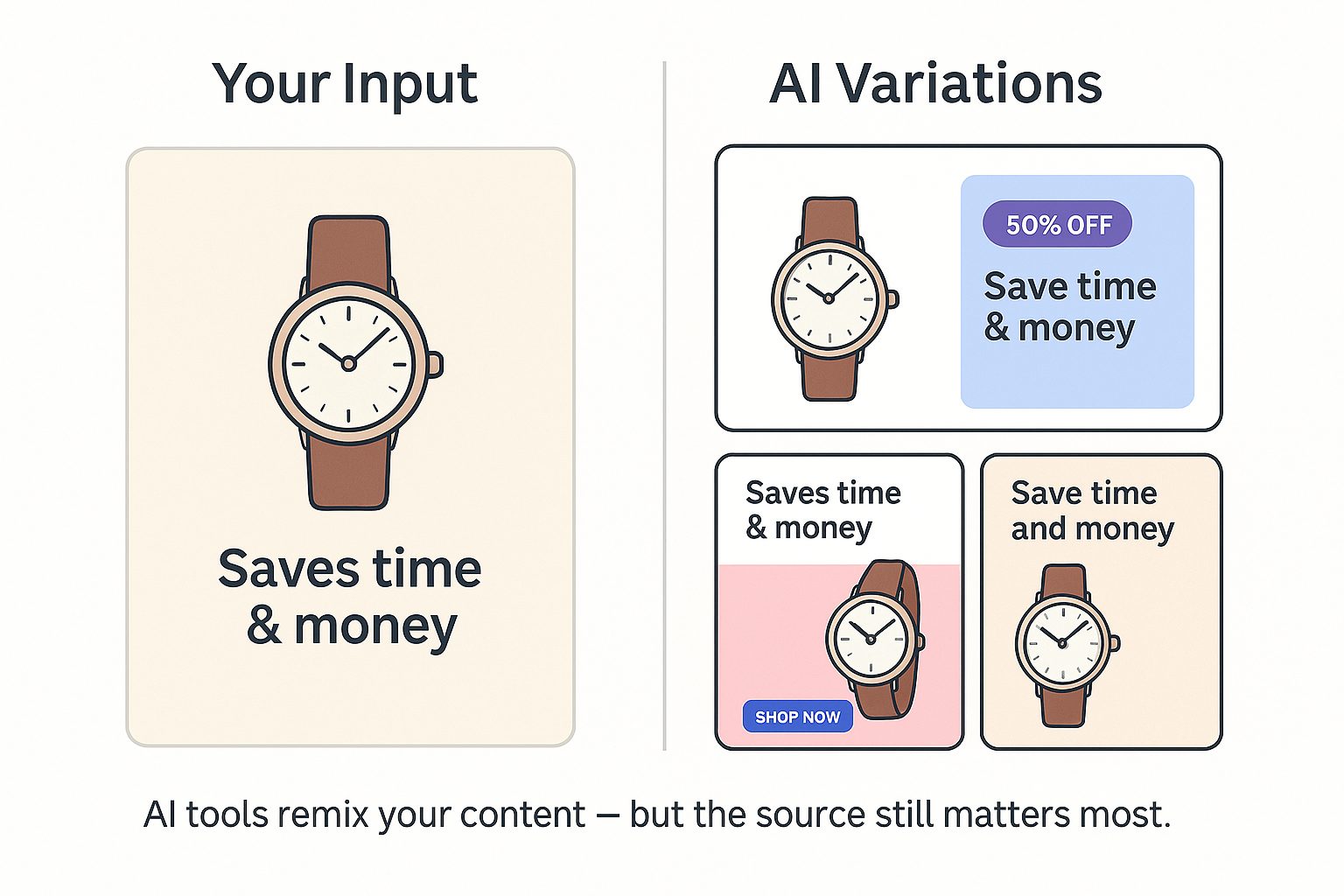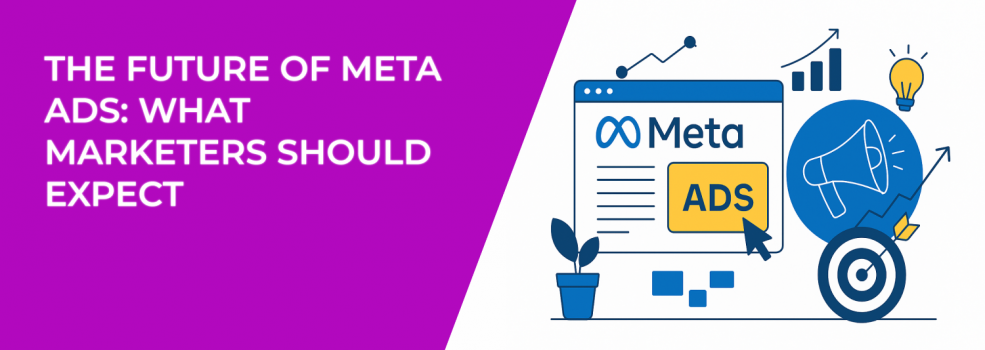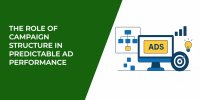Meta Ads are evolving fast. If you're running Facebook or Instagram campaigns, you've likely seen just how different the platform feels today. From automation to audience shifts to AI-generated creatives, the entire Meta advertising ecosystem is getting an overhaul.
So what should marketers really expect in the next year?
Let’s break it down.
1. Meta Is Pushing Automation Harder Than Ever
Meta is heavily promoting its Advantage+ suite. It promises performance through AI-powered optimization and simplified campaign creation. But it also removes layers of control marketers have traditionally relied on.

To understand how this shift plays out practically, here are three key changes to expect:
-
Manual placement options are being phased out in favor of auto-placement settings. While convenient, this limits your ability to optimize for platform-specific performance (e.g., Reels vs Feed).
-
Advantage Campaign Budget (formerly known as CBO) is replacing manual budget control, automatically distributing your budget across ad sets.
-
Audience selection is shifting toward broader signals, like "engaged shoppers," based on Meta's internal behavioral data rather than detailed interest targeting.
This shift is covered in detail in Unlock Meta Advantage+: The Smarter Way to Boost Your Facebook Ads.
So, what can you do to stay ahead of the curve?
-
Test Advantage+ setups against manual builds to see which delivers better results. Don’t assume automation is always superior.
-
Use creative variations strategically. Since you can’t always control who sees your ad, your visuals and messaging should speak to multiple customer types.
-
Watch delivery metrics closely. High CPMs, uneven frequency, or learning-limited statuses can signal performance issues.
Ultimately, Advantage+ is here to stay, but your results will depend on how actively you test, interpret performance signals, and stay intentional with your creative.
2. Targeting Is Shifting — Again
Meta has been quietly removing detailed interest targeting categories and placing restrictions on lookalike audience creation. The push is clearly toward broader, behavior-based signals. But this doesn’t mean detailed targeting is useless.
In fact, the most effective marketers are now relying more on data they collect themselves. These strategies are showing strong results:
-
Custom audiences based on actual behavior — like video views, content interactions, or purchases — are performing far better than cold interest-based segments.
-
Lookalike audiences still have value, especially when paired with exclusions (such as excluding recent purchasers or low-quality leads).
-
Competitor page engagement audiences, built through third-party tools like LeadEnforce, can give you precise retargeting opportunities when Meta’s options fall short.
For more guidance, check out Facebook Ads Targeting Updates: How To Adapt in 2025.
3. AI-Powered Creatives Are the New Norm
Meta now includes tools that generate ad variations automatically. You can let it rewrite your copy, create alternate headlines, or modify your images. These tools are surprisingly capable — but only when you feed them strong inputs.

To make the most of AI-generated ads, keep these creative tips in mind:
-
Use structured copywriting frameworks, like AIDA (Attention-Interest-Desire-Action), to make your input texts clear and adaptable.
-
Upload high-quality media assets — crisp product shots, clean backgrounds, or real user testimonials. Low-quality inputs lead to bland results.
-
Preview and customize variations. Meta might generate combinations that don’t make sense. Always refine before publishing.
Explore the possibilities in The Best AI Text and Image Generators.
4. Creative Is the Most Powerful Lever You Still Control
When targeting and budget are automated, creative becomes your primary performance driver. The right ad can still beat a mediocre campaign setup. And the best creatives are those that feel native to the feed.
Here’s what winning ad creative often includes:
-
Hooks in the first 3 seconds of your video or headline are essential. Attention is fleeting — make it count.
-
Organic-style visuals (like UGC or native product shots) outperform polished brand assets in many niches.
-
Subtitled video ads or motion-led image sequences work better for sound-off, scroll-fast environments like Reels and Stories.
To sharpen your creative decisions, see Facebook Ad Targeting 101: How to Reach the Right Audience.
5. Attribution Will Remain Messy (So Plan for It)
Due to iOS updates, browser restrictions, and new privacy laws, ad platforms can no longer reliably track every user interaction. And Meta’s reporting tools reflect that.
Don’t wait for perfect data. Use these workarounds to make smarter attribution calls:
-
Meta Conversion API lets you capture server-side data like checkouts or sign-ups, even when the browser pixel fails.
-
UTM-tag every link so you can track user flow in Google Analytics or other analytics platforms.
-
Blended attribution models (e.g., combining Meta reports with Shopify, HubSpot, or your CRM data) offer a more realistic picture.
For more on performance troubleshooting, read Facebook Ads Not Converting: How To Fix It.
Final Thoughts: Don’t Just Trust the Algorithm
Meta’s ad system wants your trust, your budget, and your data. It offers powerful automation tools and impressive reach — but relying on it blindly is risky.
Smart marketers understand that automation works best when it's backed by strategic input. That means treating the algorithm like a partner, not a pilot.
So keep testing. Keep optimizing. And stay curious about what’s really driving your results.

